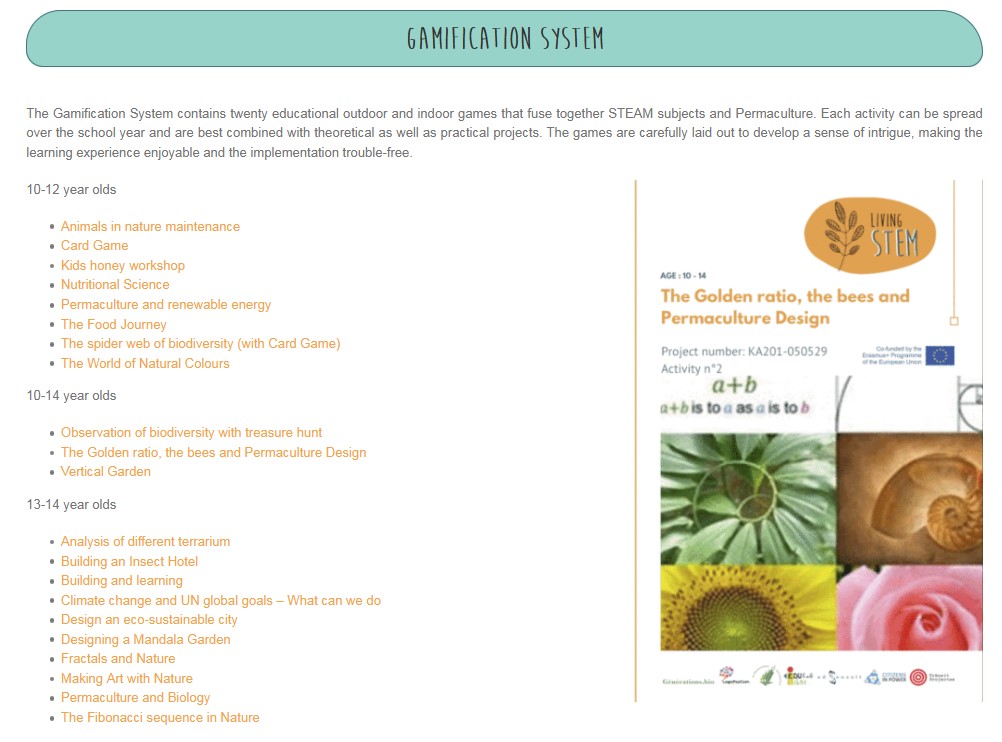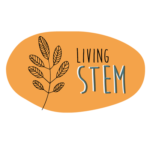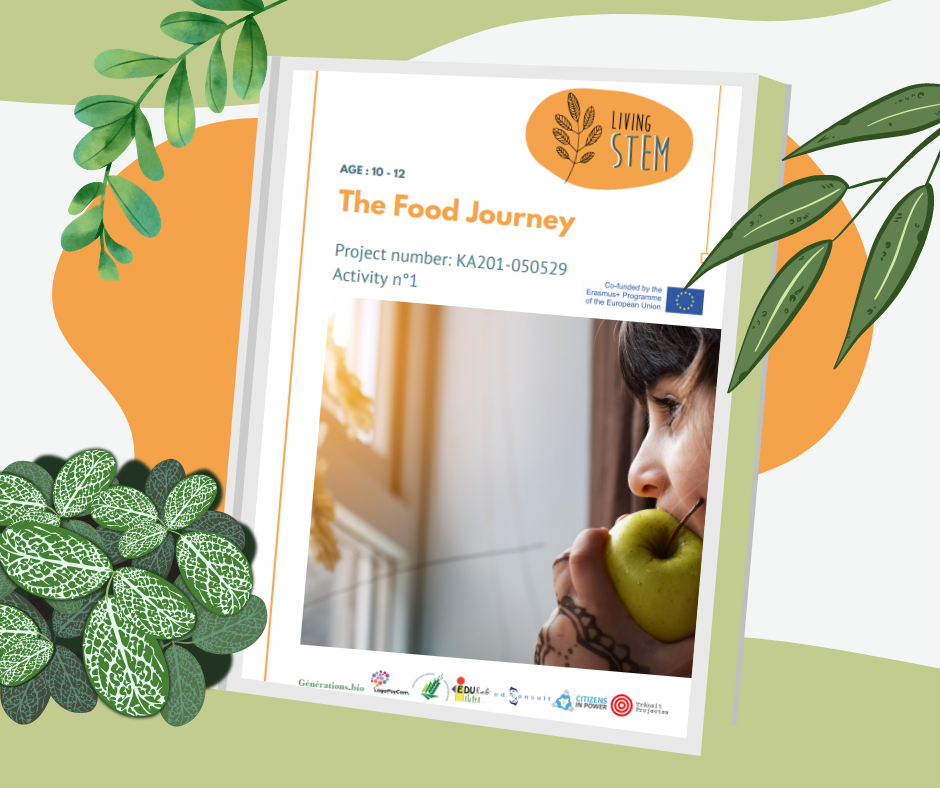Permaculture is a holistic approach to sustainable living. It integrates its principles in every aspect of our life and helps people to have a deeper understanding of their environment and how its different elements interact and are co-dependent. Permaculture is a perfect gateway to understanding the impact of mass-production on our ecosystem and how to have more sustainable systems.
Gamification, on the other hand, is a methodology, a pedagogical tool that can take many forms. It basically consists in the use of game mechanisms to engage the students more into non-game subjects which can be difficult or abstract.
So, what do these two concepts have in common you will ask? Well, both are intimately linked and used in our project LivingSTEM to help with achieving better results in STEM classes, engaging more pupils in STEM careers, while also educating pupils on climate change and sustainable lifestyle.
As we have explained in our previous article, Living STEM is a project with the ambition to help with both the issue of STEM performance in school and the growing concerns about global warming. The objective is to use the practical experience of Permaculture to engage the students between 10 to 14 years old in the scientific subjects which would boost STE(A)M results, but also encourage students to pursue a scientific career. At the same time, it will raise their awareness to today’s environmental issues and give them some keys and leads to have a better, environmental-friendly, lifestyle.
Living STEM Gamification System:
It is one of the main tools of the LivingSTEM project to put all the concepts into practice in the field.
Indeed, the Gamification System of LivingSTEM contains 20 educational indoor and outdoor games that fuse together STEAM subjects and Permaculture. These activities are direct learning-by-doing opportunities that incorporate STEM subjects and notions in a Permaculture context. The idea is to use this learning-by doing methodology, combined with a gamified approach, in order to engage the pupils as much as possible. By making these activities fun and concrete, the pupils are better able to retain information through the exercises and fix it in their memory. They are also more likely to express further interest in STEM subjects if they are exposed to concrete real-life application of STEM theories, which is one of the aspects with which traditional education struggles.
Indeed, one of the main causes for pupils’ disengagement in later STEM classes is the ever-growing abstract nature of the class materials. The more the pupils advance in the school years, the less time their teachers have to illustrate the different concepts in class through experiments and practical activities, as it takes a lot of time to prepare and put into place when there is already an enormous amount of materials to go through.
The LivingSTEM activities allow teachers to have ready-made materials and activities to make with the pupils with easy to implement tasks. Each activity can be done in a single sitting or can be spread over the school year as the teacher prefers. These activities are not meant as a replacement of the lessons of course, they are best combined with them. To create those activities, the partners have gathered to think of important STEM and Permaculture concepts and how to best combine them in a fun and practical way. This is how these activities came to life. They are divided by age range, sometimes with possible adaptations included. Activities are also usually divided into the educator’s part and the student’s worksheets for more practicality.
The full instructions on how to put them into practice, are given within each activity. Information such as
- time needed,
- target group,
- targeted STEM subjects,
- pedagogical objectives,
- basic Permaculture concepts,
- materials needed,
- preparation steps,
- security measures,
- etc…
We invite you to go on the LivingSTEM website listed down below in order to go and have a look at all those activities that are now finished and ready in all the languages of the partnership: English, French, Spanish, Danish, Greek, Italian and Polish.

Useful links:
LivingSTEM: https://www.livingstem.eu/en/
Gamification system : https://www.livingstem.eu/en/resources/gamification-system/
Sources:
Image 1 : https://pixabay.com/fr/photos/graines-plantation-apple-semences-1217133/
Image 2: https://www.livingstem.eu/wp-content/uploads/2020/10/The-Food-Journey.pdf
Image 3: https://pixabay.com/fr/photos/violette-enfant-mains-de-l-enfant-2173208/

Keep in touch with the progress of the project:
Visit the project’s website![]() Follow the project on Facebook: Living Stem #livingstem
Follow the project on Facebook: Living Stem #livingstem
In collaboration with: GENERATIONS.BIO (Belgium), TRANSIT PROJECTES (Spain), EDU lab (Italy), The Polish Farm Advisory and Training Centre not-for-profit (Poland), ed-consult (Denmark) & Citizens in Power (Cyprus)

